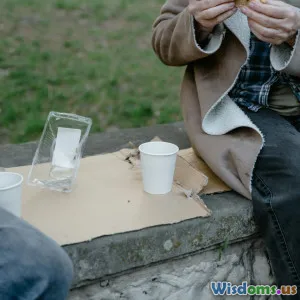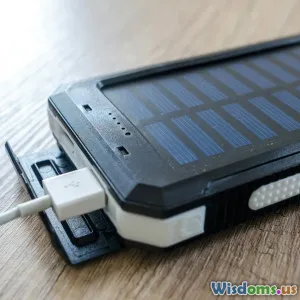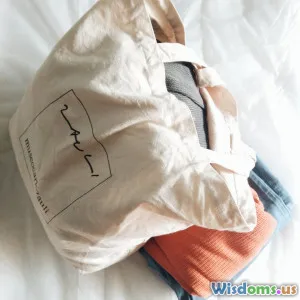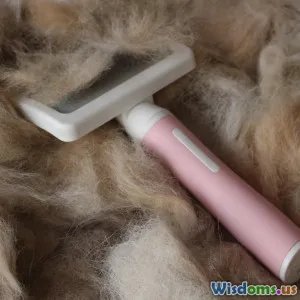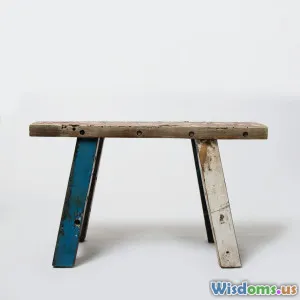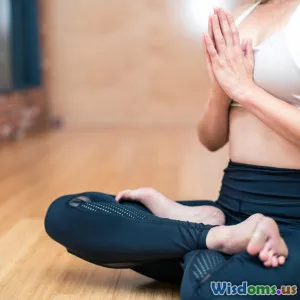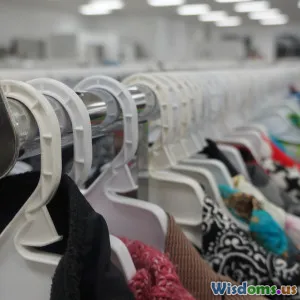
The Rise of Secondhand Fashion Why Your Closet Needs Thrifted Finds
16 min read Discover why secondhand fashion is trending, its benefits for style, sustainability, and your wallet, plus how to build your best closet with thrifted finds. (0 Reviews)
The Rise of Secondhand Fashion: Why Your Closet Needs Thrifted Finds
The dull routine of fashion consumption is swiftly evolving. Once perceived as the last resort, secondhand shopping has become a badge of style and sustainability, attracting everyone from Gen Z trendsetters to seasoned collectors. Modern wardrobes are receiving a breath of fresh air—not from high-end boutiques, but from vintage markets, online thrift platforms, and curious thrift shop discoveries. Here’s a closer look at why secondhand fashion is no longer just a fad, but a movement reshaping how we dress, express ourselves, and care for our planet.
Secondhand Fashion: A Catalyst for Sustainability
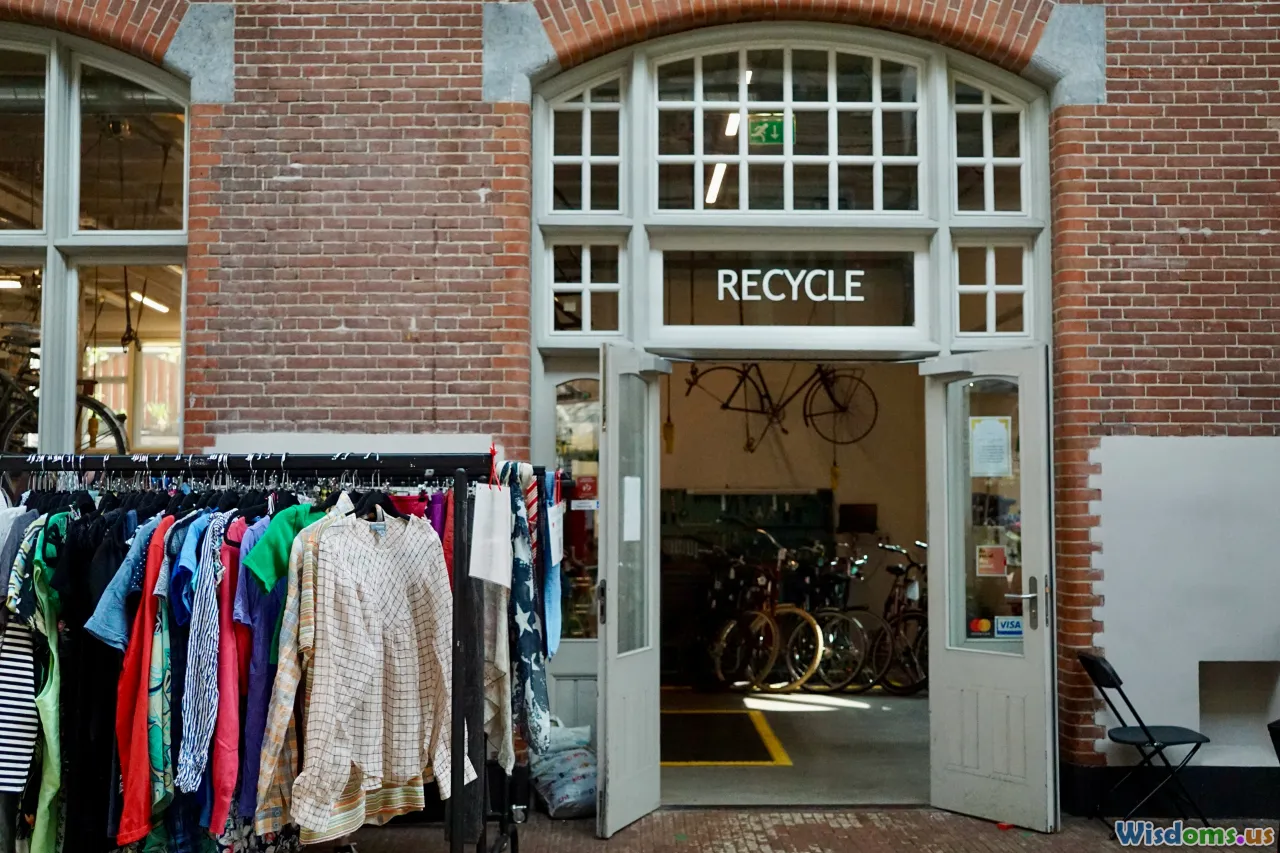
The global fashion industry is among the biggest polluters, responsible for approximately 10% of annual carbon emissions and tons of landfill waste. Many consumers have grown uncomfortable with the environmental toll of fast fashion. Buying secondhand directly tackles these problems. When you opt for thrifted finds, you extend the lifecycle of garments, reduce waste, and minimize demand for new production.
For example, a 2018 study by WRAP UK found that extending the life of clothing by just nine months could reduce carbon, water, and waste footprints by about 20-30% per item. Apparel reselling platforms like ThredUP project that the secondhand market will double in the next 5 years, reaching a global value of $77 billion by 2028.
These numbers reflect more than just a trend—they highlight a growing cultural shift. Choosing pre-loved clothing means supporting a circular economy that benefits both consumers and the environment.
The Style Revolution: Unique Looks from Thrift Shops
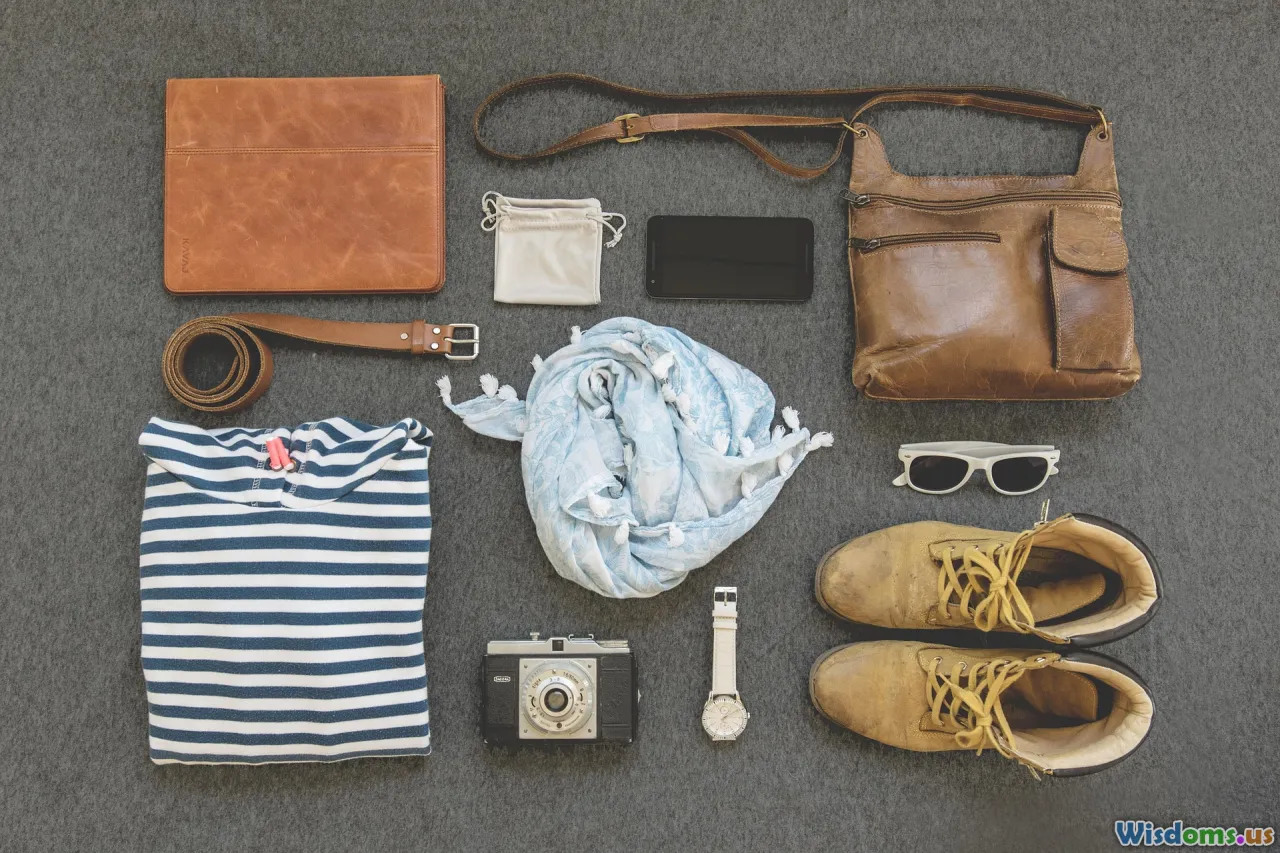
Thrift stores are veritable gold mines for fashion lovers who crave individuality. Big-box retailers churn out homogenous styles, often making personal expression a challenge. But within the racks of a thrift store, every item has its own history—think 1970s linen blazers, Y2K denim, or hand-embroidered silk blouses.
Take the story of influencer Sara Camposarcone, who built her following by sporting eclectic thrifted outfits. Her style is a collage of eras and themes, and every piece, whether it’s a ’90s windbreaker or an ’80s sequin skirt, becomes a conversation starter. Vintage fashions like Doc Martens boots or classic Levi’s have become icons in their own right, with price tags often far below their new-equivalent versions.
If you’re bored with mainstream fashion, thrifting unlocks opportunities: bold patterns, surprising brands, or one-of-a-kind jewelry. There’s a reason influencers have taken to TikTok and Instagram to rave about #ThriftFlip and #SecondhandSeptember—every trip to the thrift gives you a story, not just a shopping bag.
Thrifting for Quality: Dispelling Old Myths
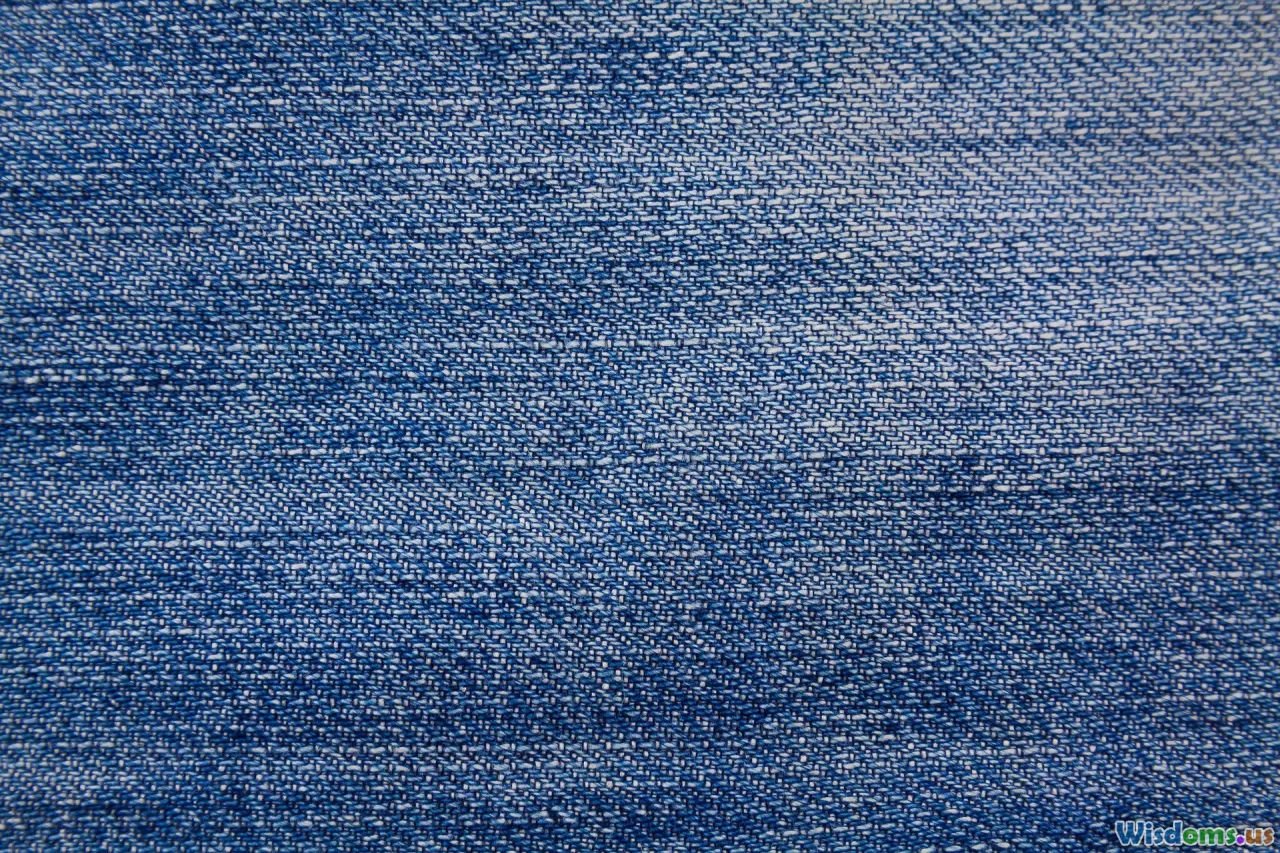
Some assume that thrift stores are graveyards for cast-offs and poor-quality garments. In reality, secondhand stores frequently offer higher-quality materials than many fast-fashion brands. Vintage and older clothes, especially pre-1990s items, were often made with thicker fabrics, better stitching, and more careful construction.
Consider that garments from brands like L.L.Bean, Pendleton, and Brooks Brothers, decades old, can often be found in vintage stores looking as good as new. Savvy thrifters look for telltale signs of quality, such as French seams, lined jackets, horn buttons, or 100% cotton tags — features rarely found in today’s budget pieces. Rare heritage brands (e.g., Barbour, Burberry) also appear occasionally at thrift shops, sometimes at a fraction of the original price.
Before buying, however, inspect garments for wear or defects: check for stains, missing buttons, and fraying seams. Most issues, though, can be an easy (and rewarding) DIY repair, giving you a sense of connection and pride in your thrifted wardrobe.
The Economic Upside: Budget-Friendly Fashion

As inflation squeezes wallets worldwide, the appeal of secondhand fashion grows. Thrift stores enable curated shopping sprees with a much gentler blow to your bank account. The average American spends about $1,800 annually on clothes—secondhand shoppers can cut that figure in half (or more).
A Ralph Lauren shirt, new, might sell for $90 or more; thrifted, the same shirt might cost $12 at a local Salvation Army. Online platforms like Poshmark or Vinted allow you to score high-end labels such as Gucci, Chanel, and Alexander Wang for up to 90% off retail. Even luxury resale sites (e.g., The RealReal) guarantee authenticity and quality control.
Additionally, consumers who resell or donate unwanted clothes recover some value and lighten their environmental impact. This win-win dynamic of saving money while finding treasure keeps thrifting vibrant and accessible.
How to Master the Thrift: Practical Tips for Smart Secondhand Shopping

While thrift shopping can be thrilling, it also requires a game plan for the uninitiated. Here’s how to elevate your thrifting strategy:
- Patience is critical. Most stores require a careful scan through racks—but hidden gems are always there if you’re persistent.
- Check back often. New merchandise arrives daily. Keep your eyes peeled on high-turnover sections like outerwear, jeans, and bags.
- Go with a list, but stay flexible. Know what your wardrobe needs, but allow space for spontaneous finds.
- Inspect for quality. Prioritize garments with intact zippers, strong seams, and natural materials. Minor defects (button loss, hem issues) are perfect DIY projects.
- Try clothes on. Sizing varies dramatically by era and brand. Many thrift stores do not accept returns, so be certain items fit well.
- Embrace minor tailoring. A professional hem or altered sleeve can transform a good find into a perfect fit.
- Explore accessories. Vintage scarves, belts, hats, and jewelry offer affordable flair and complete your look.
If in doubt, ask regulars or thrift staff for advice—they often know where the best treasures are hidden.
Online Thrifting: Extending the Hunt Beyond Brick & Mortar

The thrill of thrifting has seamlessly transitioned online, democratizing access to secondhand treasures beyond the nearest Goodwill. Digital platforms such as Depop, eBay, ThredUP, and Vestiaire Collective cater to different tastes, budgets, and locales.
For instance, Depop enables Gen Z to buy and sell casual streetwear, while Vestiaire Collective is the go-to for authenticated high-end luxury goods. Unlike traditional in-store shopping, online thrifting allows sellers to provide detailed photos, descriptions, and even measurements, simplifying the buying process. Features like filtered searches (by brand, size, style), buyer protection, and easy returns reduce risk and make the hunt more efficient.
Case study: Vintage band tees are especially popular online. A 1996 Metallica tour shirt might fetch hundreds (sometimes thousands) of dollars, depending on rarity—bought at a thrift decades ago for a few bucks! Likewise, rare designer handbags often find new owners this way, with the resale guaranteed as authentic by platform policies.
Thrift Culture and the Community Spirit
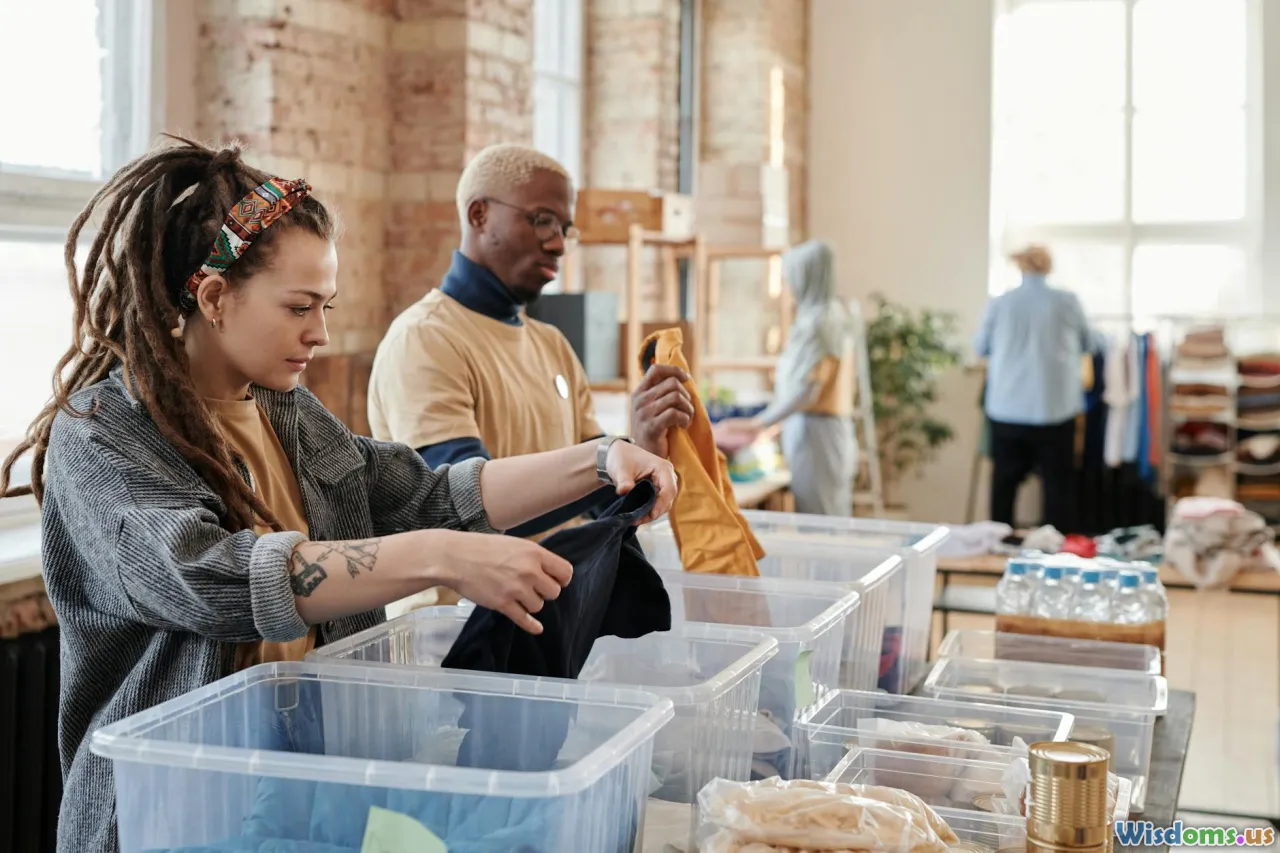
Thrifting isn’t just solitary bargain-hunting—it's a form of community engagement. Many stores are run by charities, supporting causes from homelessness to animal welfare. Participating in local clothing swaps builds friendships, shares resources, and strengthens community ties.
Events like National Thrift Shop Day (August 17 in the US) encourage people to reflect on mindful consumption. Social media, meanwhile, has built international communities around hashtags like #thrifted, #slowfashion, and #thriftwithme. Here, shoppers offer inspiration, DIY upcycling tutorials, and encouragement for sustainable wardrobes.
For those starting their thrifting journey, visiting as a group can turn an ordinary shopping trip into a creative adventure. Documenting finds together, styling challenges, and upcycling workshops can nurture both your closet and your social connections.
Upcycle Revolution: Creative Potential in Preloved Pieces
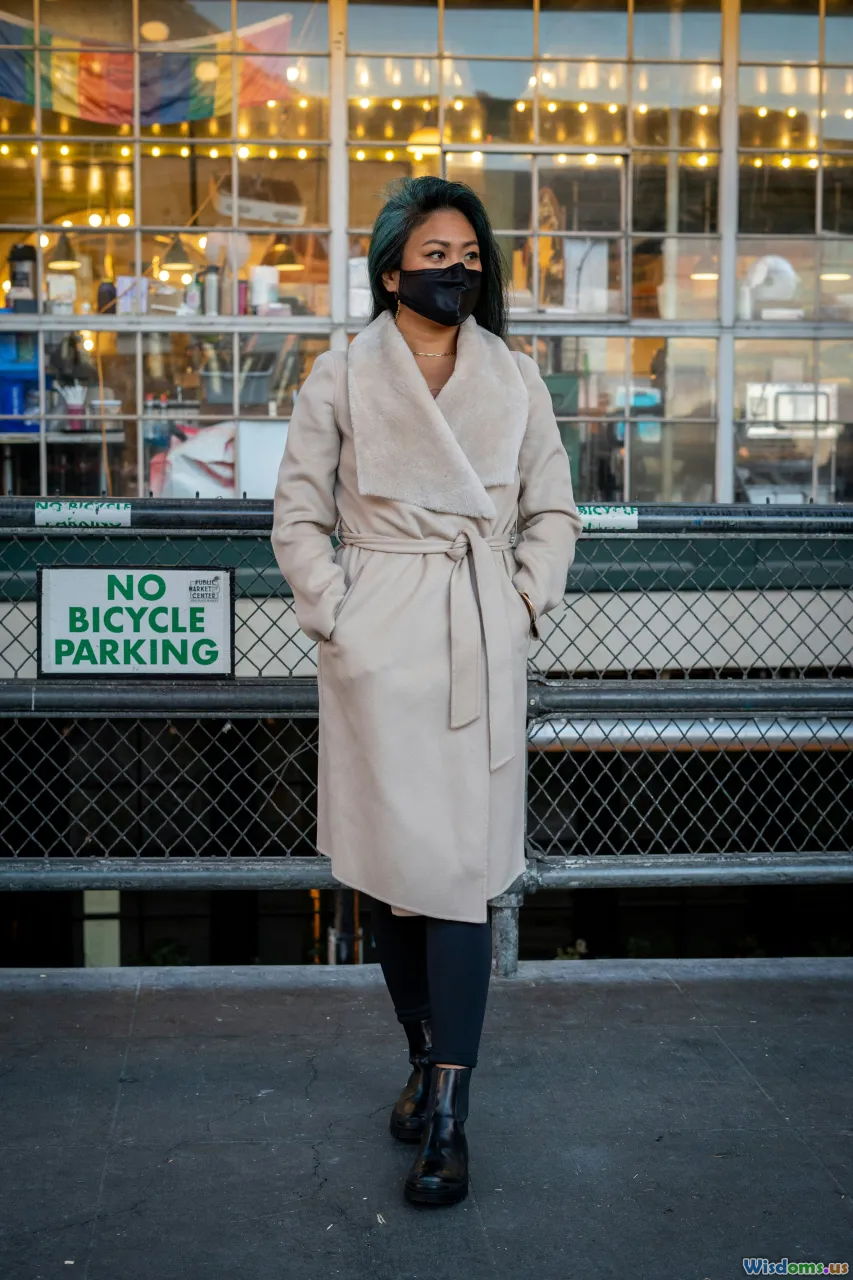
Thrifted finds often become blank canvases for upcyclers and DIY artists. Old denim is reborn as a patchwork jacket, frumpy dresses turn into playful skirts, or old tees become canvas totes. The rise in #thriftflip and upcycle content on platforms like TikTok is proof: thrift stores fuel limitless creativity.
For instance, designer Stella McCartney’s sustainable collections use upcycled vintage textiles, proving even high fashion celebrates second lives. Home sewers and crafters are following suit. With minimal supplies—think thread, scissors, and creativity—anyone can personalize secondhand clothing.
Remaking clothes promotes a "waste-not" ethos and allows individual expression. Plus, upcycled pieces—the tie-dye shirt you invent, or the embroidered jacket you personalize—become one-of-a-kind heirlooms rather than disposable trends.
Addressing the Barriers: Breaking Down Misconceptions and Stigma
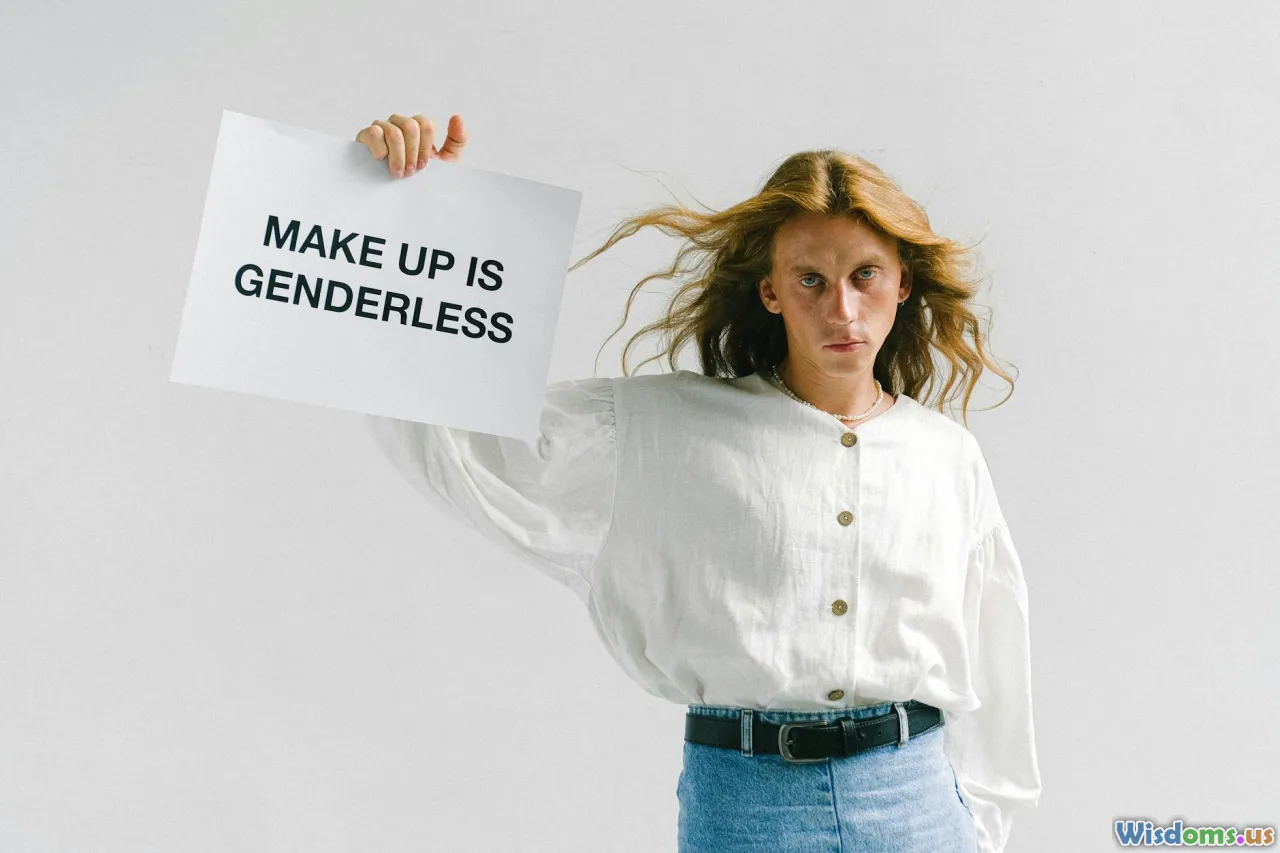
Despite its renaissance, some misconceptions about thrifting linger—stigmas rooted in the perception that thrift shopping is only for the less fortunate. Modern thrifting shatters this notion: everyone from celebrities (think Macklemore or Drew Barrymore) to sustainability advocates are proud to rock secondhand style.
Another concern is hygiene. Most thrift stores rigorously clean and sort donations, and a home laundry ensures maximum freshness. With rising acceptance, stigma around thrift shopping is rapidly fading—in fact, for many, the ability to identify and style thrift finds signals creativity and authenticity regarded highly by peers.
Inclusivity is another strong suit. Secondhand markets often stock a more varied array of sizes, styles, and price points than most mainstream retailers. Through this lens, thrifting becomes an engine of fashion democracy—everyone is welcome.
The Future of Secondhand: Tech, Trends, and New Voices
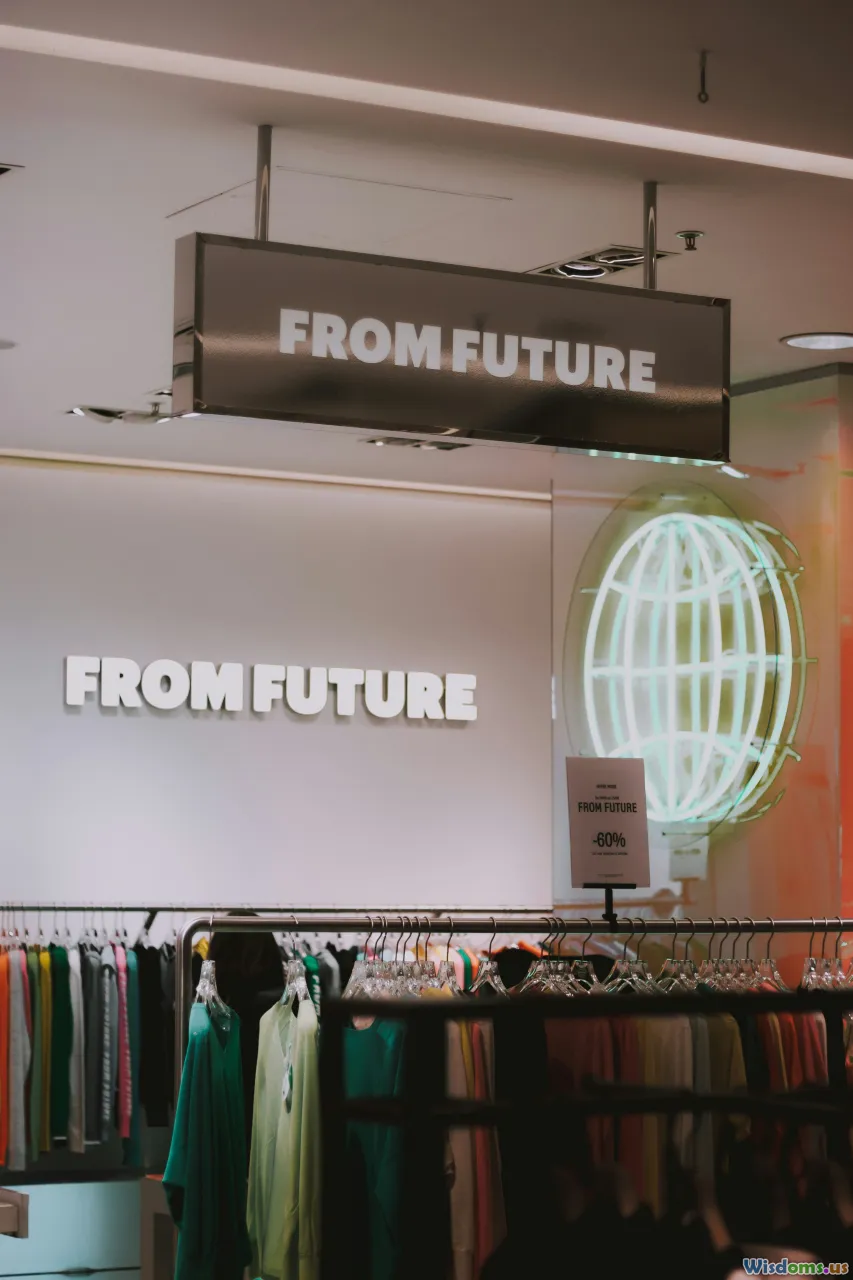
What’s next for secondhand fashion? The integration of technology—AI-driven style recommendations, curated subscription boxes, improved authentication tools—will make shopping even more intuitive and enjoyable. Fashion rental services like Rent the Runway already blend secondhand access and sustainability. Augmented reality (AR) apps may soon allow digital wardrobe try-ons, making fitted shopping possible from home—no matter where the item lives in the world.
Furthermore, new brands like Patagonia and Levi’s are now reselling used and repaired clothes directly through their sites, normalizing the practice. The next generation, raised with mindfulness and creativity, is carrying forward the torch. As influencer culture persists, thrift-inspired fashions will continue to shape what’s cool on city streets and social feeds.
Choosing thrifted finds means more than bargain-hunting—it’s a commitment to style, originality, and environmental integrity. Whether for your wallet, the planet, or your unique personal style, there’s never been a better moment to let secondhand pieces take center stage in your closet.
Rate the Post
User Reviews
Popular Posts











